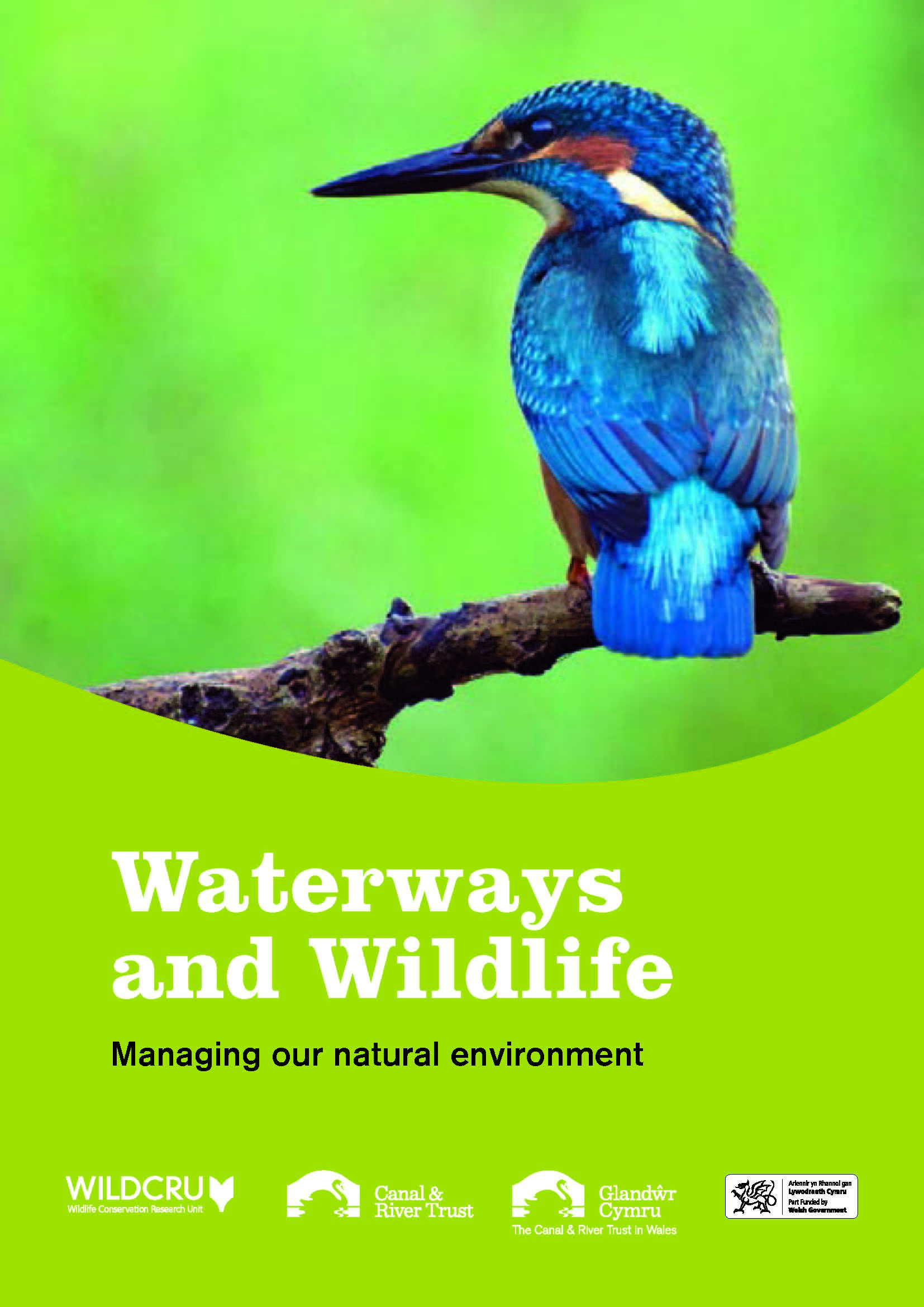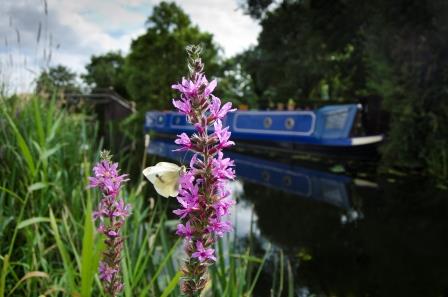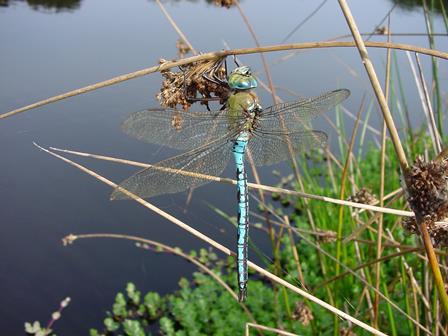News
Waterways and Wildlife
From hidden underwater wildlife to the brilliant blue of a kingfisher, and the quintessential sight and sound of dragonflies to the glimpse of a bat foraging over the water at dusk, canals and rivers are enjoyed for their unique and treasured biodiversity. Following on from the success of WildCRU’s Wildlife and Farming handbook, WildCRU’s Dr Ruth Feber has been working with the Canal & River Trust and the Welsh Government on another beautifully illustrated handbook, Waterways and Wildlife, which gives an insight into the wide range of habitats and wildlife that the Trust cares for.
Most people visiting Britain’s waterways, including walkers, cyclists and boaters, are attracted to the towpaths and navigations because of their beauty and tranquillity. For many, an integral part of the waterway experience is the rich diversity of wildlife encountered there, and this diversity is an essential part of a healthy waterway ecosystem. Many waterside habitats have become fragmented or have vanished from the countryside entirely, making waterways especially valuable habitats and much-needed corridors for wildlife. For some species, waterways are among their last remaining strongholds and, for many others, they provide vital resources now scarce in the wider countryside.
Canals are probably the most familiar waterbodies, but the Canal & River Trust also has many reservoirs, lakes and ponds, hedgerows and trees to look after. Canal hedgerows, for example, are some of the oldest waterway features and lifelines for many species, providing food, shelter and places to breed. The many built structures, including aqueducts and bridges, play an important, but often overlooked, role as wildlife homes, especially because of their proximity to water. With the variety of waterway habitats on the Trust’s estate, work is needed to maintain and enhance their biodiversity value, while at the same time ensuring that navigations and towpaths can be enjoyed safely. The aim is to achieve a balance that works for both people and wildlife.
WildCRU and the Canal & River Trust hope that anyone with in an interest in canals, waterways and their wildlife will find this handbook informative and useful. The handbook has six chapters on habitats and eight chapters on wildlife groups. Each chapter summarises key information on each habitat / wildlife group, has two short feature articles on a selection of the Trust’s work in this area, and concludes with a list of example management actions. The handbook is a first step in delivering a vision for the role that the natural environment of canals and waterways can and does play within the wider landscape.








